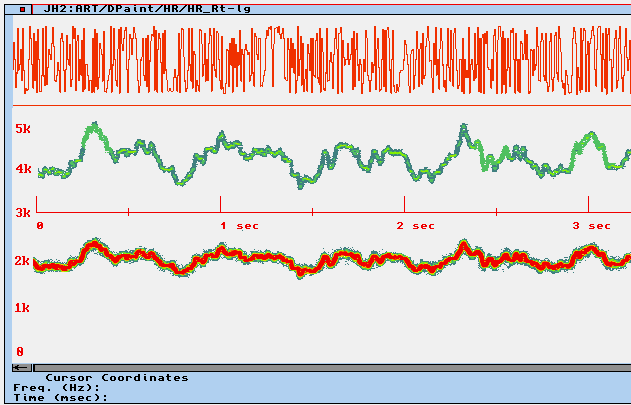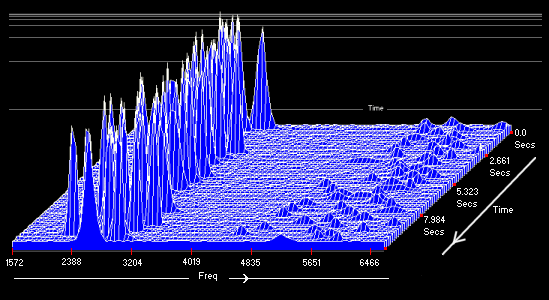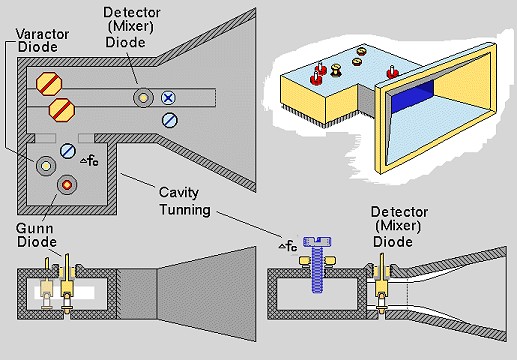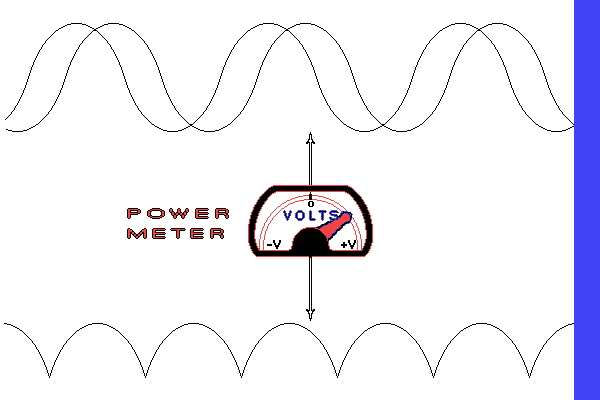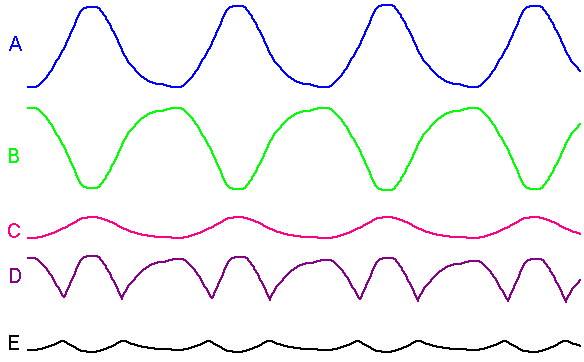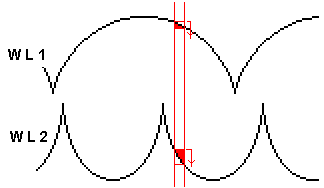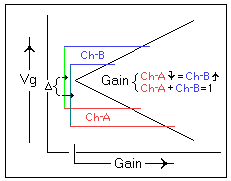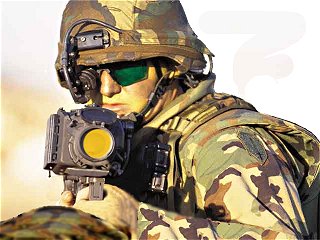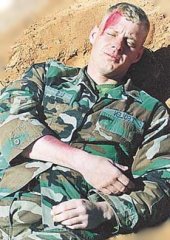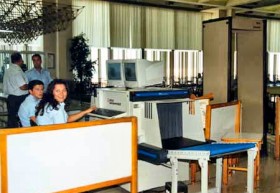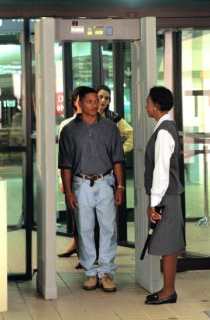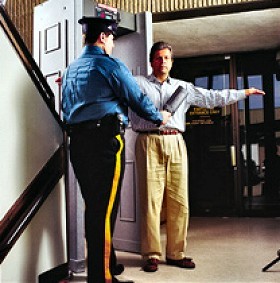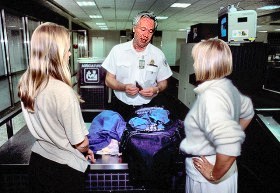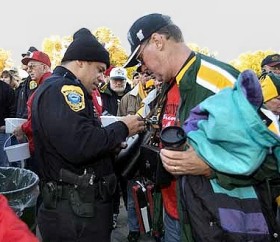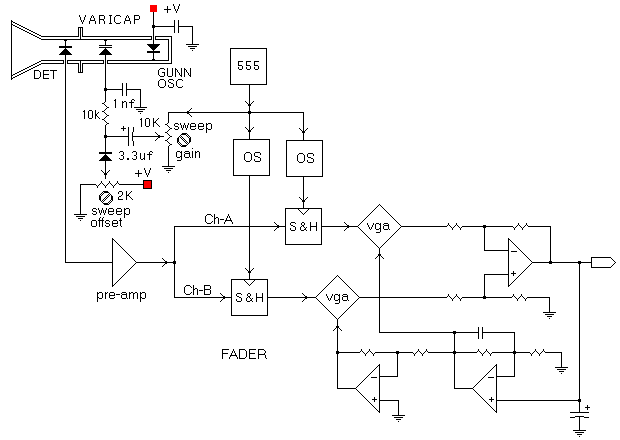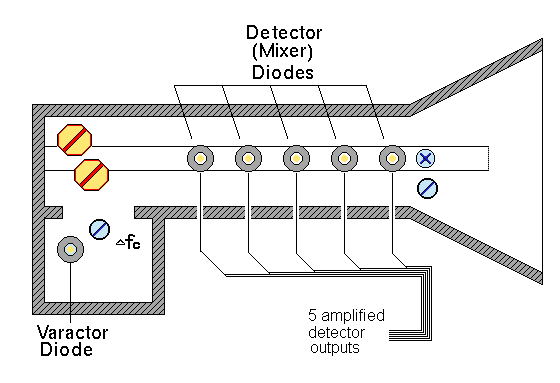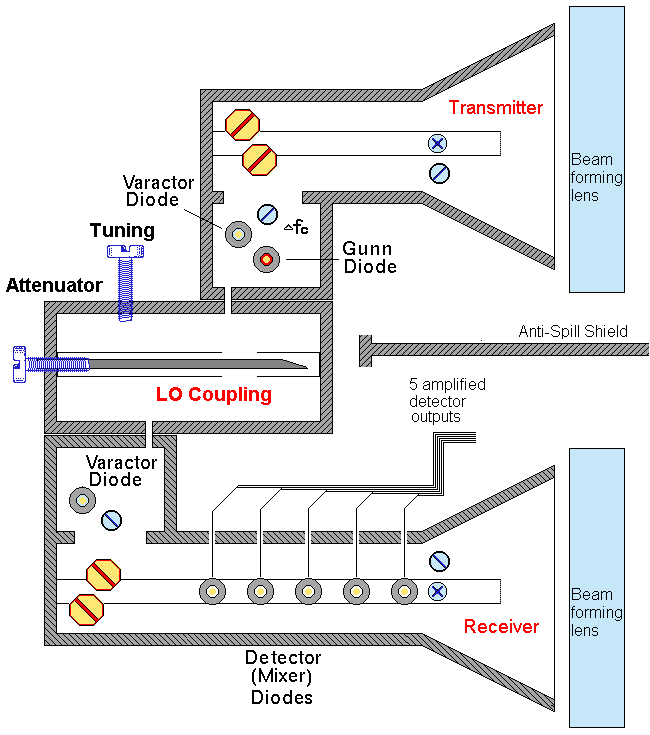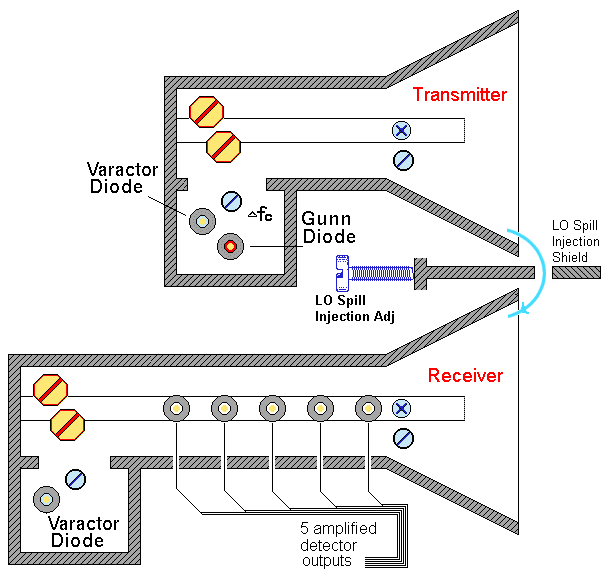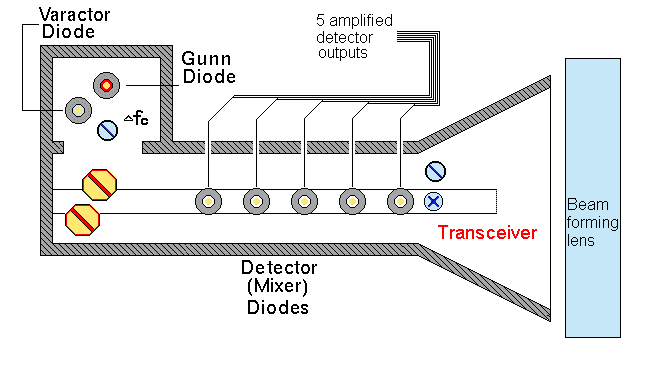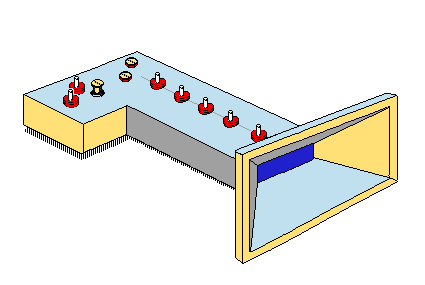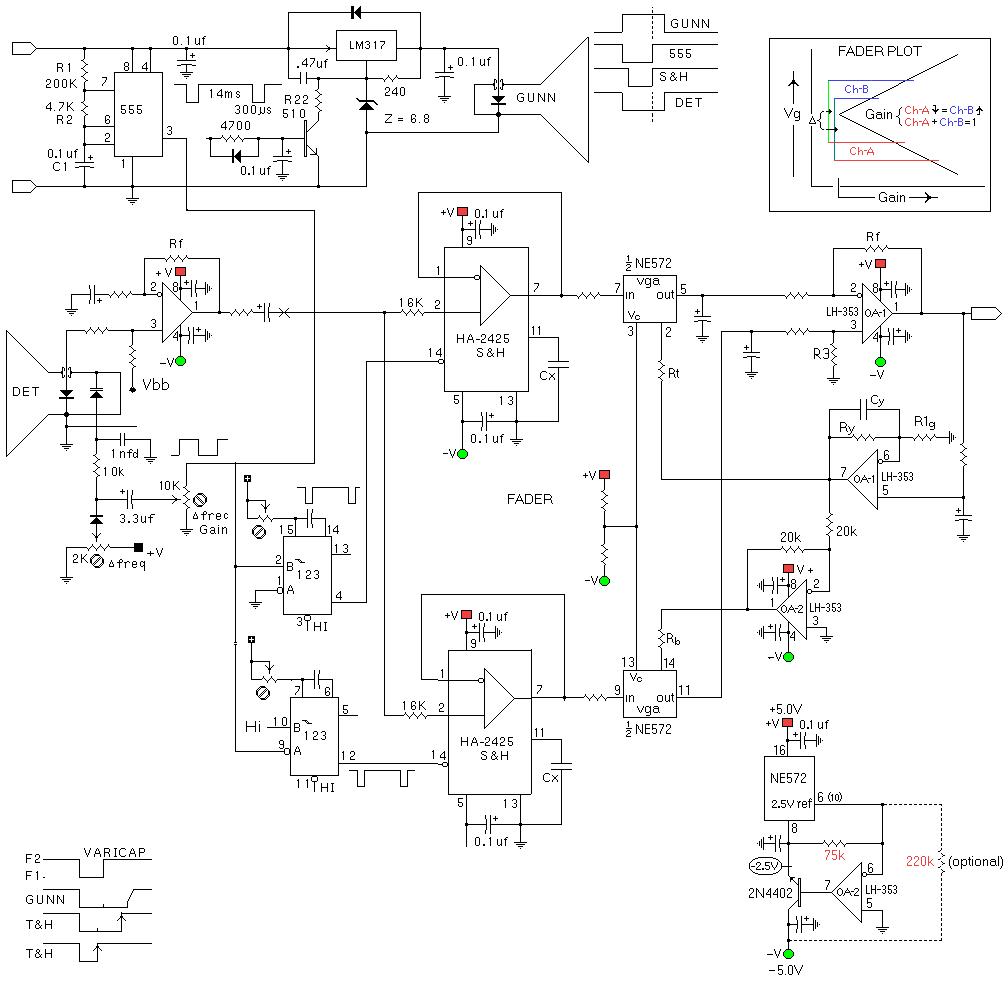| Suggested Apparatus Configuration
for R & D Testing
Transmitter:
Emitter type: GUNN or IMPATT (lowest noise device required)
Modulation: CW & Pulsed (for signal processing NOT for Peak Power)
note: IMPATT is typically pulsed; GUNN can be pulsed. (GUNN pulsed
PO = CW PO)
Output: > 50mW
Delta Freq.: VCO (digital VCO ?)
Freq. Range(s): 10 GHz to 45 GHz; in several sub-bands (multiple oscillator
sources will be necessary), e.g., 18-26 GHz, 26-35 GHz, 35-45 GHz
Receiver:
Shottkey microwave Mixer/Detector diodes BW >40 GHz, Waveguide
mounted
Spatial Diversity Detector Array
Waveguide mounted diode array with spacing between diode
mounts < 45 degrees of WL (for ease of construction, spacing can be
delta + 1 WL, i.e., 0’ + 360’ = 0’, 40’ + 360 = 40’, 80’ + 360’ =
80’, etc.). see diagram
LO injection from Transmitter to receiver is by waveguide coupling with
attenuator.

|
